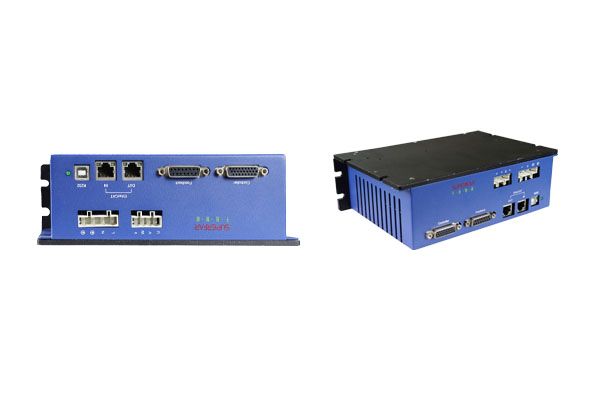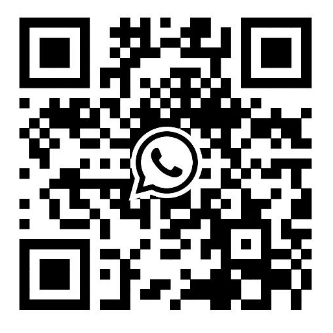EtherCAT
EtherCAT (Ethernet for Control Automation Technology) is a real-time industrial fieldbus communication protocol based on an Ethernet development framework. It was first developed by BECKHOFF, a German company. It was introduced to the market in 2003, became an international standard in 2007, and a Chinese national standard in 2014.
The emergence of EtherCAT has set a new standard for the real-time performance of the system and the flexibility of the topology.
EtherCAT is one of the fastest Ethernet technologies at present. Meanwhile, its synchronization cycle can reach the microsecond level. Compared with other industrial buses with the same cycle setting, the EtherCAT bus can reduce the CPU load by 25% - 30%.
EtherCAT can implement various topological structures such as linear, bus, tree, and star, and can connect up to 65,535 nodes at most.
Compared with other fieldbuses, the node addresses of EtherCAT slave stations can be automatically generated without network debugging. The diagnostic information of system integration can precisely locate errors, and there is no need to configure switches or handle complex MAC and IP addresses.
EtherCAT master devices do not require special plug-in cards, and slave devices can be implemented using highly integrated and low - cost chips provided by multiple different suppliers.
Communication protocol: CANopen over EtherCAT
Communication cycle time: 125μs, 250μs, 500μs, 1ms, 2ms, multiples of 4ms
Process data channels: 4RxPDO, 4TxPDO, 32 bytes/PDO
Service data channel: 1SDO
Synchronization jitter: <1μs, DC synchronization (SYNC0)
Control cycle: Current loop 62.5μs, speed loop 62.5μs, position loop 62.5μs
Operation modes: CSP, CSV, CST...


